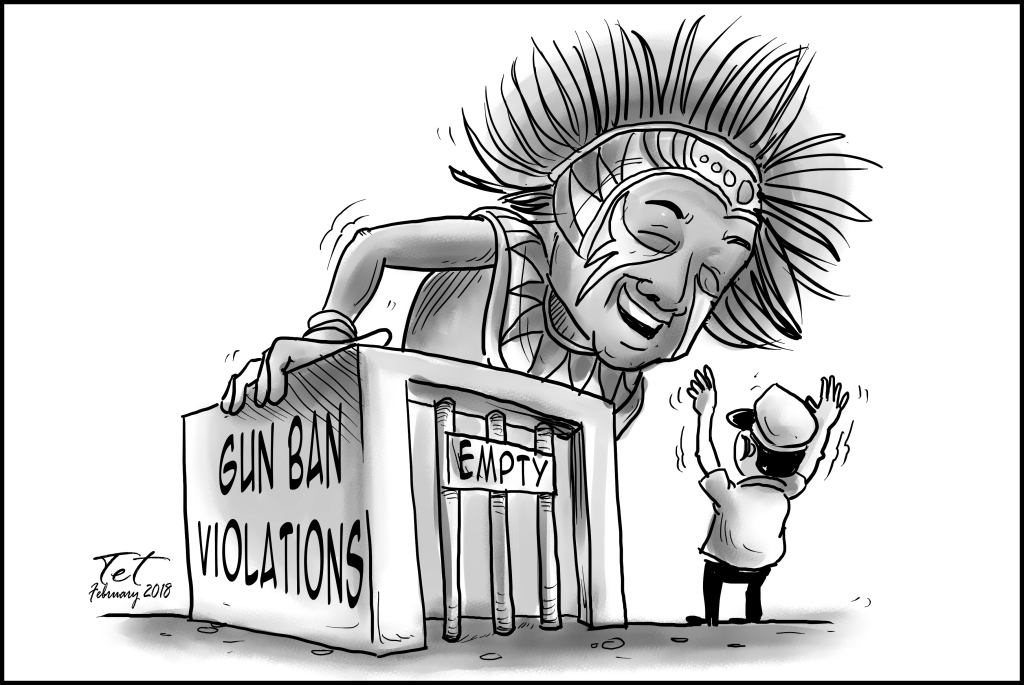
[av_one_full first min_height=” vertical_alignment=” space=” custom_margin=” margin=’0px’ padding=’0px’ border=” border_color=” radius=’0px’ background_color=” src=” background_position=’top left’ background_repeat=’no-repeat’ animation=”]
[av_heading heading=’Learning from Mayon’ tag=’h3′ style=’blockquote modern-quote’ size=” subheading_active=’subheading_below’ subheading_size=’15’ padding=’10’ color=” custom_font=” av-medium-font-size-title=” av-small-font-size-title=” av-mini-font-size-title=” av-medium-font-size=” av-small-font-size=” av-mini-font-size=” admin_preview_bg=”]
EDITORIAL
[/av_heading]
[av_textblock size=” font_color=” color=” av-medium-font-size=” av-small-font-size=” av-mini-font-size=” admin_preview_bg=”]
February 6, 2018
[/av_textblock]
[av_textblock size=” font_color=” color=” av-medium-font-size=” av-small-font-size=” av-mini-font-size=” admin_preview_bg=”]
THE RESTIVE Mayon Volcano may be far away from Western Visayas but we can certainly learn something from how local governments in the Bicol region deal with it. After all, Region 6 has an active volcano, too, the Kanlaon in Negros Island.
As we brace for harsher activities from Mayon, our agencies and local government officials must strive to ensure zero casualties. We have done so in the past, and we can definitely do it again. A zero-casualty count should be our standard in all our disaster risk reduction and management efforts.
It is good that both national and local government officials are implementing disaster risk reduction measures and encouraging the public to heed the call of authorities to evacuate and seek shelter away from danger zones. Mayon is currently in a relatively high level of unrest. Unpredictability is its game.
Our authorities should effectively carry out disaster risk reduction measures to save lives and prevent further danger. They should also be extra vigilant in performing their duties as we expect the situation in Mayon gets worse. The public must also trust our officials and understand that what they are doing is to secure our safety and welfare.
The National Disaster Risk Reduction and Management Council, the Department of Health, the Department of Social Welfare and Development, as well as other frontline agencies, must provide the necessary support for the needs of the affected families. We must ensure that those in the evacuation centers are provided with basic needs such as food, potable water, medicine, latrines with clean water, so that citizens would not have a reason to go back to their homes as we expect a possible eruption.
The call of the Philippine Institute of Volcanology and Seismology for the public to be vigilant and desist from entering the Permanent Danger Zone and the Extended Danger Zone due to the danger of rock falls, landslides, and sudden explosions or dome collapse that may generate hazardous volcanic flows must be heeded.
In all our disaster risk reduction and management efforts, a zero-casualty count should be our standard.
[/av_textblock]
[/av_one_full]



